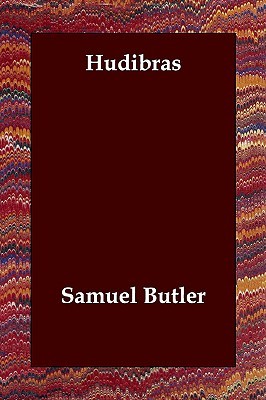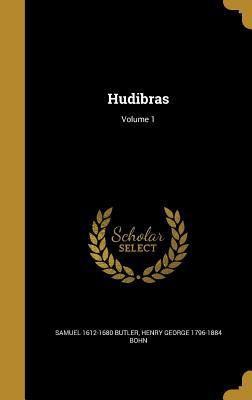
Author of Hudibras.
For the author of Erewhon and The Way of All Flesh, see Samuel Butler.
Samuel Butler was the son of a farmer. His date of birth is unknown, but there is documentary evidence for the date of his baptism. He was educated at the King's School, Worcester, under Henry Bright whose teaching is recorded favourably by Thomas Fuller, a contemporary writer, in his Worthies of England. In early youth he was a servant to the Countess of Kent. Through Lady Kent he met her steward, the jurist John Selden who influenced his later writings. He also tried his hand at painting but was reportedly not very good at it; one of his editors reporting that "his pictures served to stop windows and save the tax" (on window glass).
After the Restoration he became secretary to Richard Vaughan, 2nd Earl of Carbery, Lord President of Wales. In late 1662 the first part of Hudibras was published, and the other two in 1664 and 1678 respectively. One early purchaser of the first two parts was Samuel Pepys. While the diarist acknowledged that the book was the "greatest fashion" he could not see why it was found to be so witty.
The popularity of Hudibras notwithstanding, Butler was not offered a place at Court. However, Butler is thought to have been in the employment of the Duke of Buckingham in the summer of 1670, and accompanied him on a diplomatic mission to France. Butler also received financial support in the form of a grant from King Charles II.
Butler was buried at St. Paul's, Covent Garden. Aubrey in Brief Lives describes his grave as "being in the north part next to the church at the east end.. 2 yards distant from the pillaster of the dore". Also, a monument to him was placed in Westminster Abbey in 1732 by a printer with the surname Barber, and the Lord Mayor of London. There is a memorial plaque to him in the small village church of Strensham, Worcestershire, near the town of Upton upon Severn, his birthplace.

